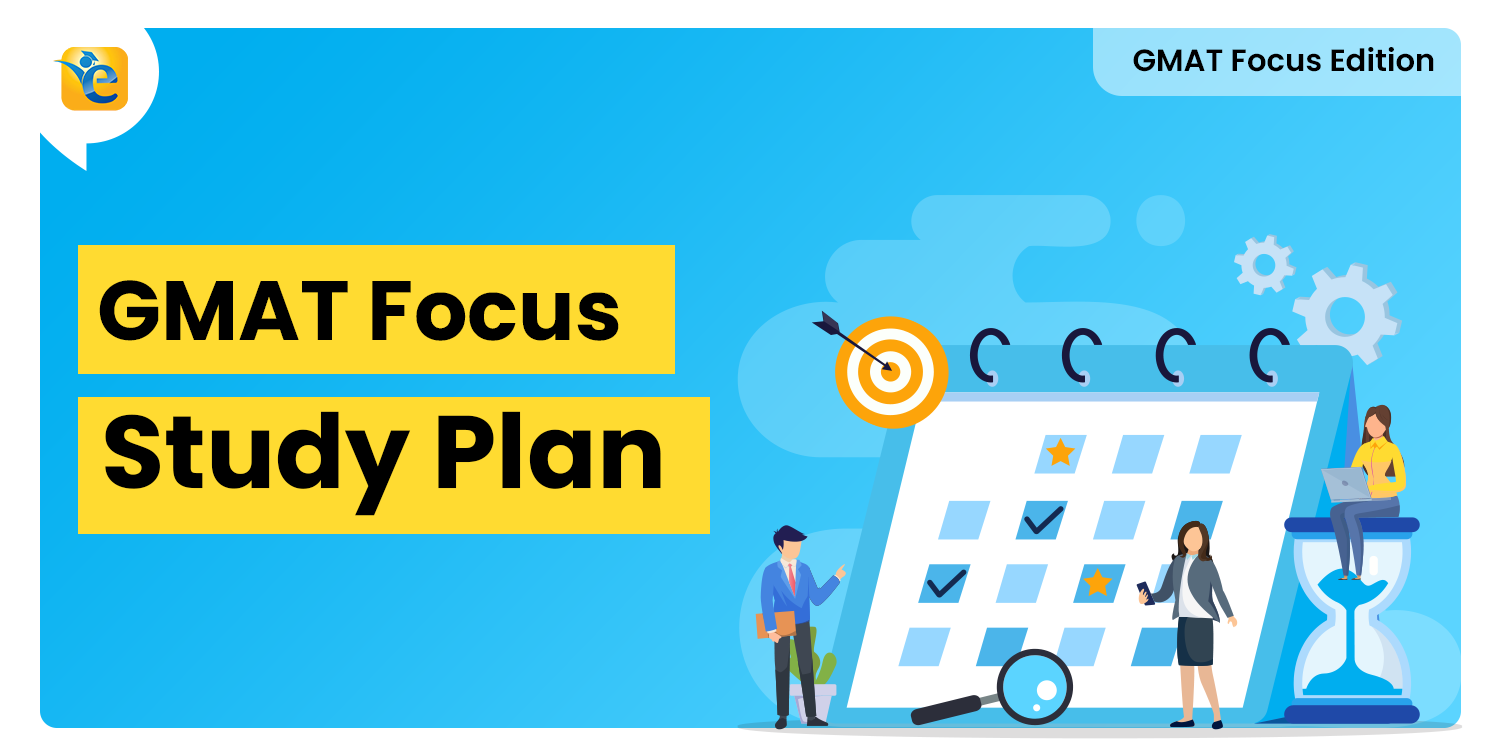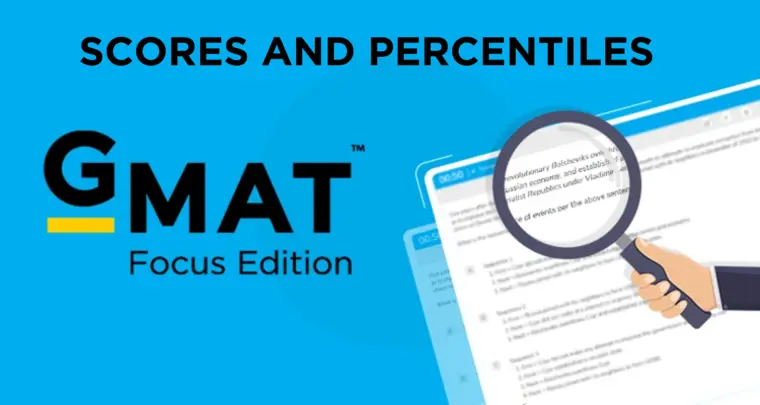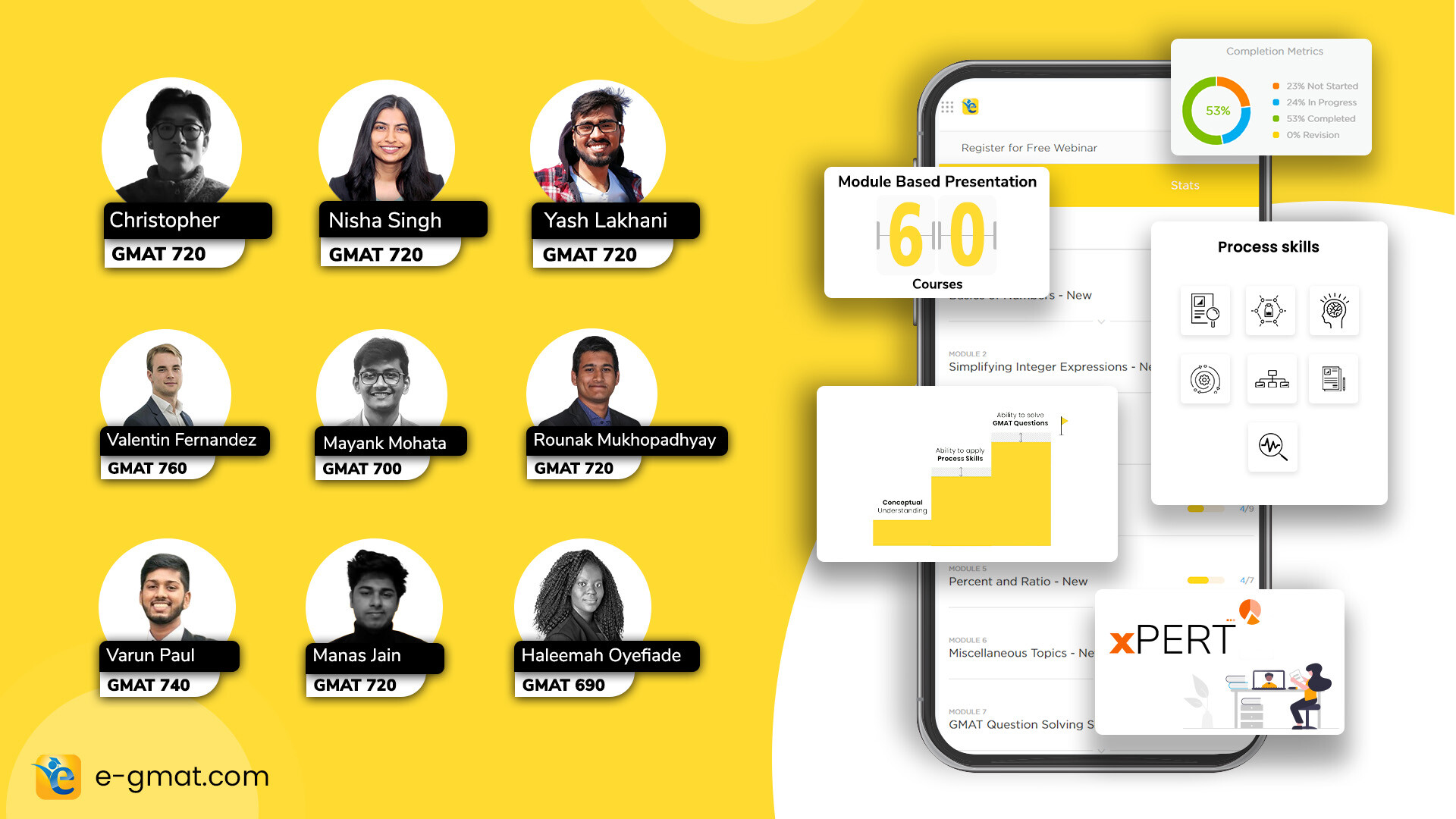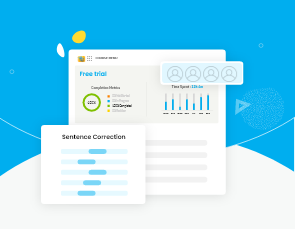Navigating the world of business school admissions often requires a solid understanding of quantitative skills, and the GMAT (Graduate Management Admission Test) is a pivotal element in this process. This standardized test assesses not only your ability to reason, write, and analyze critical data but also challenges your math skills. A key component of the GMAT that many test-takers might overlook is the GMAT online calculator. This tool can be your best friend or your worst enemy, depending on how you choose to use it. In this article, we’ll explore strategies for effectively utilizing the calculator without falling into the trap of over-dependence.
Understanding the GMAT Calculator
Overview of the GMAT Online Calculator Functionalities
The GMAT online calculator is designed to make your life easier—but it isn’t all-powerful. This digital calculator offers basic mathematical functions such as addition, subtraction, multiplication, and division, along with square roots. However, it lacks advanced functions like exponentiation or the ability to handle complex equations, which means you still need solid foundational math skills.
When the Calculator is Available
The calculator is only available during the Integrated Reasoning section of the test—specifically, during the Data Sufficiency and Multi-Source Reasoning questions. For the Quantitative section, you’re required to perform calculations without the aid of the tool. Therefore, understanding its scope is crucial. Get familiar with the types of questions where the calculator is your ally, and become adept at spotting when you can and should use it.
When to Use the Calculator
Scenarios Where Using the Calculator Enhances Efficiency
In scenarios involving complex calculations, the calculator can save you valuable time. For instance, if a question presents high numbers that need to be multiplied or if working with fractions is necessary, using the calculator will likely lead to quicker answers. Here’s an example:
Imagine you need to calculate ( 98 \times 76 ). Doing this in your head might be cumbersome, while the calculator can handle it in a matter of seconds.
Mental Math Advantages in Simple Calculations
On the flip side, mental math can shine in simpler scenarios. For instance, calculating ( 15 \times 4 ) is straightforward and can usually be done quicker in your head than entering the figures into the calculator. Recognizing these scenarios helps maintain a balance between reliance on the calculator and your own skills.
Real-life Examples or Scenarios Illustrating These Points
To bring this home, consider two exam scenarios:
- High-Complexity Problem: A question involves calculating a percentage decrease from a large number. Using the calculator here saves time and reduces errors.
- Low-Complexity Problem: A question requires you to find the product of ( 3 \times 25 ). Quick mental math can facilitate an efficient answer, emphasizing that the simplest calculations often don’t require the added step of using a calculator.
The Risks of Over-reliance on the Calculator
What Happens When Test-takers Depend Too Heavily on the Calculator
While it’s tempting to lean on the calculator for every problem, doing so can lead to inefficiencies and slower pacing. Over-reliance may prevent you from practicing and developing valuable mental math skills that are crucial for quicker problem-solving during high-pressure situations.
Counterarguments: Some May Argue That the Calculator is a Necessary Tool
It’s easy to assert that the calculator is an invaluable resource in today’s testing climate, especially when it can reduce the risk of simple calculation mistakes. Some might argue that since the GMAT provides this tool, it is essential to use it to tackle any mathematical challenges presented.
Critique of This Argument
However, the allure of the calculator can lead to anxiety and confusion, especially if you find yourself frantically trying to input numbers when time is ticking down. You might reach a point where, instead of enhancing your performance, the calculator slows you down. Building solid mental math skills provides confidence, helping alleviate the stress that often accompanies high-stakes tests.
Finding the Balance
Strategies for Effective Calculator Usage
To make the best use of the GMAT calculator, timing and question type are key. Recognize which questions benefit from calculator use and which don’t. Practice with both approaches so you can switch gears as needed during the test.
Benchmarks for Determining When to Switch
Consider these benchmarks for usability:
- For numbers under 50: Try mental math first.
- For any calculations (like percentages and larger figures): Use the calculator.
- If a question involves fractions and decimals: Weigh the complexity before deciding.
Encouragement of Developing Mental Math Skills Alongside Calculator Proficiency
Don’t neglect your mental math practice. Incorporating both calculator and mental math training will create a well-rounded skill set, preparing you for any question the GMAT throws your way.
Conclusion
While the GMAT calculator plays an important role in navigating test questions, maintaining a balance between using this tool and honing your mental math skills is crucial for maximizing your performance. Embrace both approaches, and you’ll increase your chances of achieving the score you desire.
So, as you prepare for your GMAT, practice diligently with both the calculator and mental math techniques. This dual strategy will make you a more agile test-taker.
Are you ready to boost your GMAT math skills? Start integrating both calculator usage and mental math practice into your study routine today, and see how it transforms your confidence and performance on the exam!














